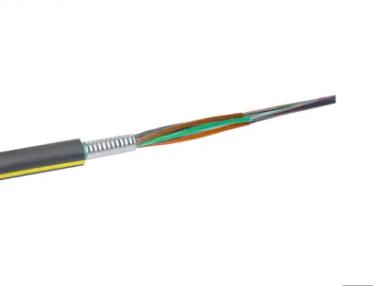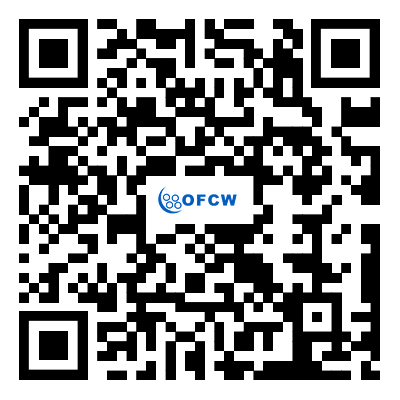What Are the Challenges and Limitations of Optical Fiber
2023-10-24
While optical fiber offers many advantages, it also has its challenges and limitations. Understanding these limitations is crucial for making informed decisions about its use in various applications. Here are some of the challenges and limitations of optical fiber:
1. High Initial Costs: One of the primary limitations of optical fiber is the high initial installation cost. The cost of the fiber itself, as well as the specialized equipment and skilled labor required for installation, can be substantial. This cost can be a barrier to entry for some applications.
2. Fragility: Optical fiber is fragile and can be easily damaged, especially when bent or twisted beyond its specified bend radius. This makes installation and maintenance more challenging and necessitates careful handling.
3. Transceiver Costs: The transceivers and other optical components required for transmitting and receiving optical signals can be expensive. These costs can add up, particularly in large-scale network deployments.
4. Limited Flexibility: Optical fiber is less flexible than copper cables, making it less suitable for applications where cables need to be frequently moved or reconfigured. It's often best suited for static or long-distance installations.
5. Propagation Delay: While optical signals travel at the speed of light in fiber (approximately 186,282 miles per second or 299,792,458 meters per second in a vacuum), the process of converting optical signals to electrical signals and vice versa can introduce propagation delay, which can be critical in some applications.
6. Signal Loss with Tight Bends: Optical fiber experiences signal loss when bent beyond a certain radius, a limitation known as macrobend or microbend loss. This can impact the reliability of fiber installations, particularly in tight spaces.
7. Accessibility: Locating and repairing fiber cable faults can be more challenging than with copper cables. Specialized equipment and training are required to locate and fix problems within optical fiber networks.
8. Incompatibility with Existing Infrastructure: Integrating optical fiber into existing infrastructure can be complex and costly, especially when transitioning from copper-based systems.
9. Susceptibility to Physical Damage: While optical fiber is resistant to electromagnetic interference, it is susceptible to physical damage from cuts, crushing, or bending. Protecting fiber cables from such physical threats is crucial.
10. Limited Power Transmission: Optical fiber itself cannot transmit power. Power must be provided through separate means, limiting its use in applications that require both data transmission and power delivery.
11. Limited Market Availability: In some remote or less-developed regions, optical fiber infrastructure may not be readily available, limiting its use in those areas.
12. Incompatibility with Certain Connectors: Optical fiber connectors are standardized, but not all connectors are compatible with all fiber types and applications. Ensuring proper connector compatibility can be a challenge.
Despite these limitations, optical fiber remains a vital technology in modern communication and data transmission due to its many advantages, such as high bandwidth, low signal loss, and resistance to electromagnetic interference. Innovations in fiber technology continue to address some of these limitations, making it a valuable tool for a wide range of applications.



